-
 bitcoin
bitcoin $121833.232455 USD
-0.63% -
 ethereum
ethereum $4394.437030 USD
-2.00% -
 tether
tether $1.000570 USD
0.04% -
 bnb
bnb $1255.553465 USD
-3.73% -
 xrp
xrp $2.814944 USD
-1.59% -
 solana
solana $221.835346 USD
-2.40% -
 usd-coin
usd-coin $0.999869 USD
0.01% -
 dogecoin
dogecoin $0.249495 USD
-1.32% -
 tron
tron $0.336905 USD
-1.24% -
 cardano
cardano $0.816464 USD
-1.69% -
 chainlink
chainlink $22.130946 USD
-1.27% -
 hyperliquid
hyperliquid $44.208522 USD
-3.46% -
 ethena-usde
ethena-usde $1.000521 USD
0.02% -
 sui
sui $3.422897 USD
-2.51% -
 stellar
stellar $0.380164 USD
-1.31%
How to combine the KDJ indicator with moving averages for better accuracy?
The KDJ indicator helps spot overbought/oversold levels in crypto, but combining it with moving averages improves accuracy by filtering false signals and aligning trades with the trend.
Oct 10, 2025 at 06:37 am

Understanding the KDJ Indicator in Crypto Trading
1. The KDJ indicator, also known as the Stochastic Oscillator with J-line adjustment, is widely used in cryptocurrency trading to identify overbought and oversold conditions. It consists of three lines: %K (fast stochastic), %D (slow stochastic), and %J (a projection based on %K and %D). These values oscillate between 0 and 100, with readings above 80 typically indicating overbought territory and below 20 signaling oversold levels.
2. In volatile markets like Bitcoin or Ethereum, the KDJ can generate frequent false signals due to sharp price swings. Traders often observe that when %K crosses above %D in the oversold zone, it may suggest a bullish reversal, while a cross below %D in overbought areas could indicate bearish momentum. However, relying solely on these crossovers without additional confirmation increases risk.
3. The sensitivity of the KDJ makes it prone to whipsaws during sideways or consolidating phases common in altcoin charts. This is where combining it with trend-following tools such as moving averages enhances reliability by filtering out noise and aligning entries with the broader market direction.
Integrating Moving Averages for Trend Confirmation
1. Simple Moving Averages (SMA) and Exponential Moving Averages (EMA) serve as foundational tools for identifying market trends. A commonly used setup involves the 50-period and 200-period EMAs, which help distinguish long-term bullish or bearish tendencies. When price trades above both averages, the bias remains upward; conversely, sustained moves below signal a downtrend.
2. By overlaying the KDJ signals onto a chart with key moving averages, traders can avoid counter-trend entries. For instance, even if the KDJ shows an oversold crossover, initiating a long position would be questionable if the price is far below the 200 EMA and the short-term average is sloping downward.
3. A practical method involves waiting for the KDJ crossover to occur only when the price is above the 50 EMA and ideally near or above the 200 EMA. This alignment ensures that any bullish signal from the KDJ has backing from the prevailing trend, increasing the probability of a successful trade.
Optimizing Entry and Exit Points
1. One effective strategy combines a 9-period KDJ with a dual EMA system (e.g., 50 and 200). A buy signal is confirmed when %K crosses above %D in the oversold region (below 20) while the price is trading above both moving averages. Simultaneously, the 50 EMA should be above the 200 EMA, reflecting a golden cross scenario.
2. On the flip side, a sell or short signal gains strength when %K crosses below %D in overbought conditions (above 80), the price is beneath both EMAs, and the 50 EMA is positioned under the 200 EMA—indicating a death cross pattern. This confluence reduces premature exits during strong trends.
3. Divergence detection improves timing. If the price makes a higher high but the KDJ forms a lower high, this bearish divergence becomes more significant when occurring at resistance near a declining EMA cluster. Similarly, bullish divergence during an uptrend supported by rising EMAs can highlight accumulation before a breakout.
Managing Risk and Avoiding False Signals
1. Cryptocurrency markets are highly speculative, and no indicator combination eliminates risk entirely. Using fixed stop-loss levels based on recent swing lows or highs, combined with position sizing, protects capital when signals fail despite strong technical alignment.
2. Volume analysis complements this setup. A KDJ crossover coinciding with a surge in trading volume on a major exchange like Binance or Coinbase adds credibility, especially if it aligns with moving average support or resistance breaks.
3. Timeframe correlation strengthens decision-making. Checking the KDJ and MA alignment across multiple timeframes—for example, confirming a daily bullish crossover with a favorable 4-hour structure—reduces impulsive trades driven by lower-timeframe noise.
Frequently Asked Questions
What settings work best for the KDJ when trading cryptocurrencies?The default 9,3,3 setting is widely adopted, though some traders adjust the periods to 14,3,3 for reduced sensitivity on higher timeframes like daily charts, helping minimize false triggers in fast-moving digital asset markets.
Can moving averages alone provide reliable signals in crypto trading?Moving averages offer trend context but lag behind price action. They perform poorly in choppy or range-bound markets typical in altcoins. Combining them with oscillators like KDJ improves accuracy by adding momentum insight.
How do you handle conflicting signals between KDJ and moving averages?When KDJ suggests a reversal but moving averages show strong trend continuation, it’s safer to respect the trend. Entries against the MA direction often result in losses during extended rallies or dumps seen in BTC or ETH cycles.
Disclaimer:info@kdj.com
The information provided is not trading advice. kdj.com does not assume any responsibility for any investments made based on the information provided in this article. Cryptocurrencies are highly volatile and it is highly recommended that you invest with caution after thorough research!
If you believe that the content used on this website infringes your copyright, please contact us immediately (info@kdj.com) and we will delete it promptly.
- Avalanche, BLAZ, and Presale Opportunity: Catching the Next Wave in DeFi
- 2025-10-10 18:45:17
- Analyst's Crystal Ball: Will BRETT Mirror PEPE's Moonshot?
- 2025-10-10 18:45:17
- Token Economy, AI Inference, and the New Gold Rush: Decoding the AI Investment Boom
- 2025-10-10 18:50:01
- Dogecoin, Pepe Coin, and Remittix: A New York Minute on Crypto Trends
- 2025-10-10 18:25:14
- Pudgy Penguins Price Prediction: Cup-and-Handle Pattern Hints at Breakout?
- 2025-10-10 18:50:01
- Solana, Ozak AI, and the Crypto Market: Navigating the Hype
- 2025-10-10 18:50:01
Related knowledge
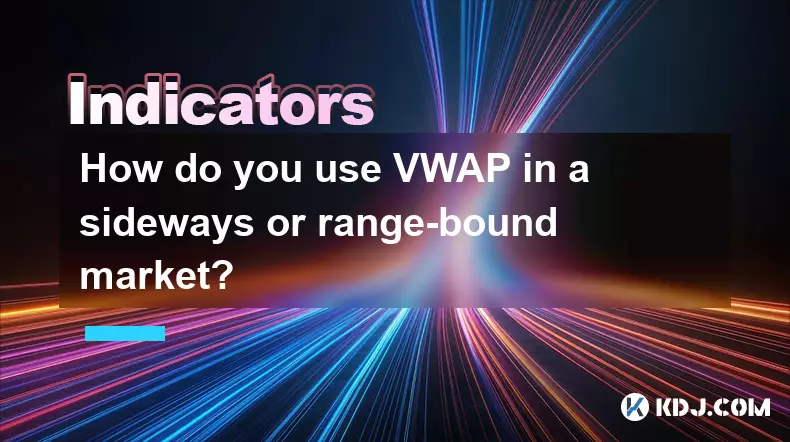
How do you use VWAP in a sideways or range-bound market?
Oct 10,2025 at 10:00am
Understanding VWAP in Range-Bound Conditions1. The Volume Weighted Average Price (VWAP) serves as a benchmark for intraday trading, combining both pri...
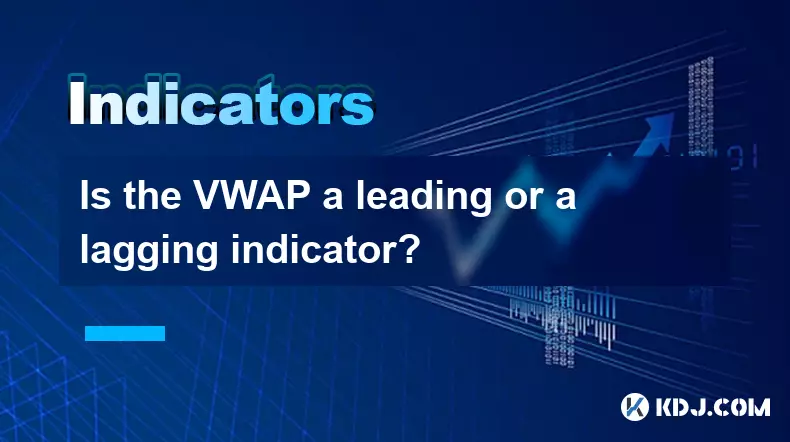
Is the VWAP a leading or a lagging indicator?
Oct 10,2025 at 09:37am
Understanding VWAP in the Context of Crypto Trading1. The Volume Weighted Average Price (VWAP) serves as a benchmark for traders analyzing intraday pr...
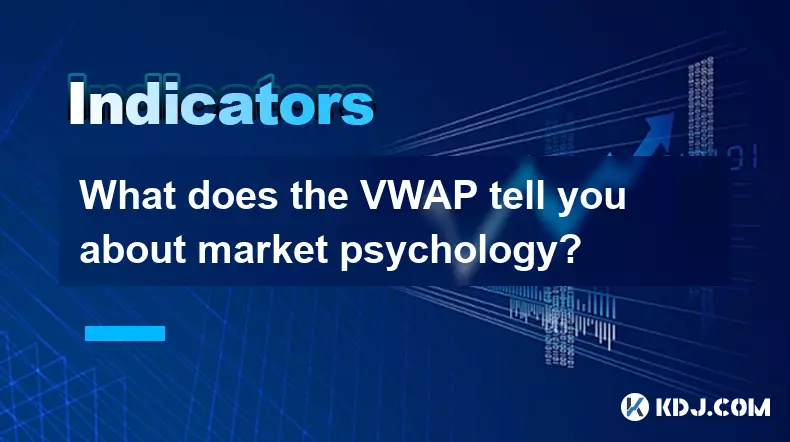
What does the VWAP tell you about market psychology?
Oct 10,2025 at 03:00pm
Understanding VWAP as a Reflection of Market Sentiment1. The Volume Weighted Average Price (VWAP) serves as a benchmark that reflects the average pric...
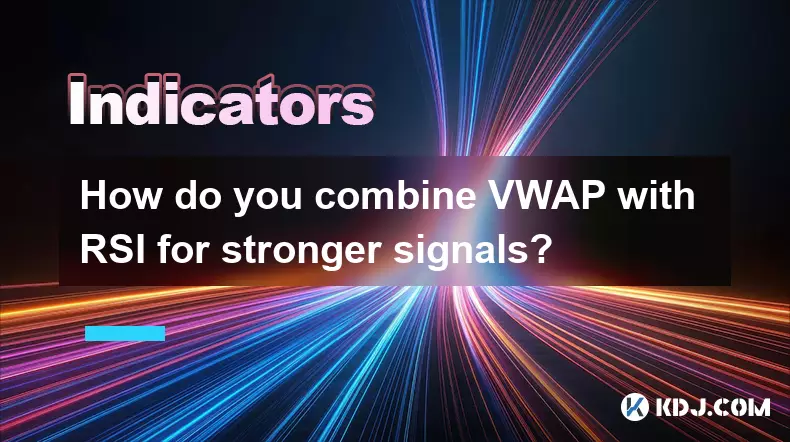
How do you combine VWAP with RSI for stronger signals?
Oct 10,2025 at 12:36pm
Understanding the Synergy Between VWAP and RSI1. The Volume Weighted Average Price (VWAP) serves as a benchmark for institutional traders, reflecting ...
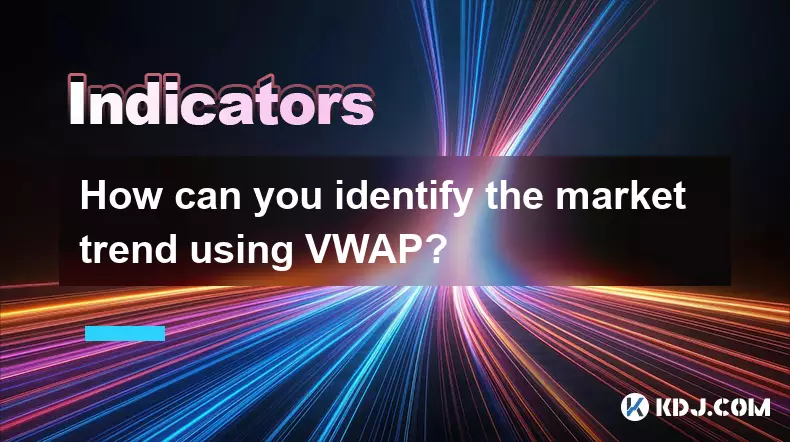
How can you identify the market trend using VWAP?
Oct 10,2025 at 01:00pm
Understanding VWAP and Its Role in Market Analysis1. The Volume Weighted Average Price (VWAP) is a trading benchmark that represents the average price...

How to use the WMA to find entry points in a trending market?
Oct 10,2025 at 04:55pm
Understanding the Weighted Moving Average (WMA) in Trend Analysis1. The Weighted Moving Average assigns greater importance to recent price data, makin...

How do you use VWAP in a sideways or range-bound market?
Oct 10,2025 at 10:00am
Understanding VWAP in Range-Bound Conditions1. The Volume Weighted Average Price (VWAP) serves as a benchmark for intraday trading, combining both pri...

Is the VWAP a leading or a lagging indicator?
Oct 10,2025 at 09:37am
Understanding VWAP in the Context of Crypto Trading1. The Volume Weighted Average Price (VWAP) serves as a benchmark for traders analyzing intraday pr...

What does the VWAP tell you about market psychology?
Oct 10,2025 at 03:00pm
Understanding VWAP as a Reflection of Market Sentiment1. The Volume Weighted Average Price (VWAP) serves as a benchmark that reflects the average pric...

How do you combine VWAP with RSI for stronger signals?
Oct 10,2025 at 12:36pm
Understanding the Synergy Between VWAP and RSI1. The Volume Weighted Average Price (VWAP) serves as a benchmark for institutional traders, reflecting ...

How can you identify the market trend using VWAP?
Oct 10,2025 at 01:00pm
Understanding VWAP and Its Role in Market Analysis1. The Volume Weighted Average Price (VWAP) is a trading benchmark that represents the average price...

How to use the WMA to find entry points in a trending market?
Oct 10,2025 at 04:55pm
Understanding the Weighted Moving Average (WMA) in Trend Analysis1. The Weighted Moving Average assigns greater importance to recent price data, makin...
See all articles

























![Web3 Crypto Market Morning Report: Fomo on the Bnb chain continues, Binance launches the chain-sweeping platform Meme Rush, the market value of Xiuxian exceeds 40 million U.S. dollars, OK Binance business war begins [Vic TALK Issue 1437] Web3 Crypto Market Morning Report: Fomo on the Bnb chain continues, Binance launches the chain-sweeping platform Meme Rush, the market value of Xiuxian exceeds 40 million U.S. dollars, OK Binance business war begins [Vic TALK Issue 1437]](/uploads/2025/10/10/cryptocurrencies-news/videos/web-crypto-market-morning-report-fomo-bnb-chain-continues-binance-launches-chainsweeping-platform-meme-rush-market-xiuxian-exceeds-dollars-binance-business-war-vic-talk-issue/68e861c5dbd1c_image_500_375.webp)
















































